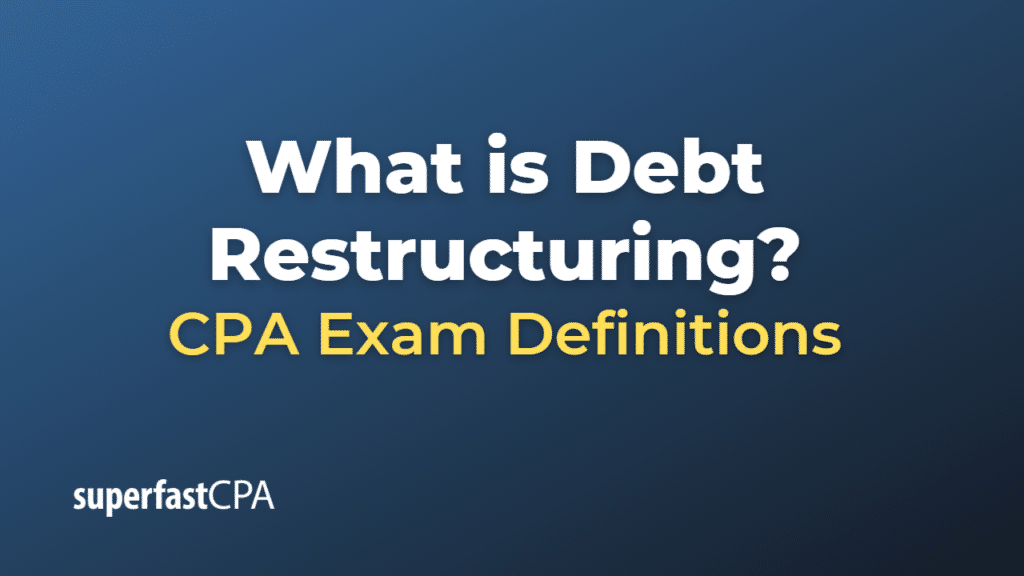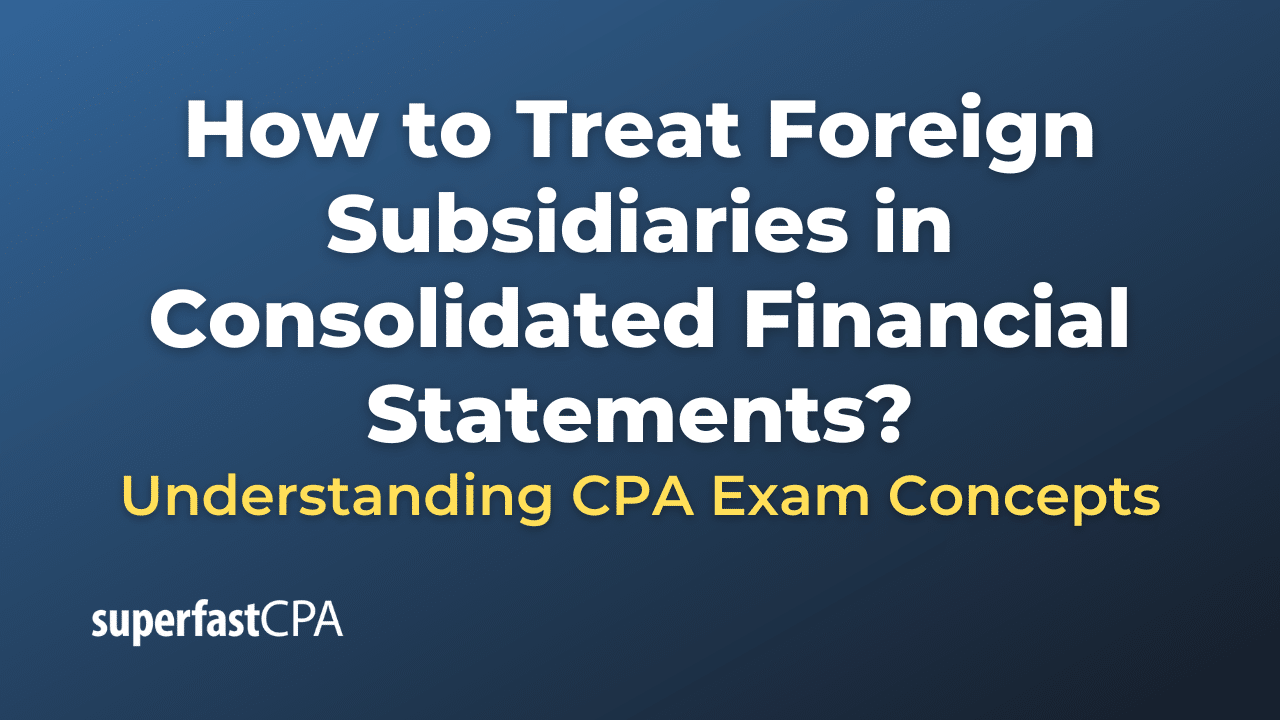Debt Restructuring
Debt restructuring is a process that allows a private or public company, or a sovereign entity facing cash flow problems and financial distress, to reduce and renegotiate its delinquent debts to improve or restore liquidity and rehabilitate so it can continue its operations.
Restructuring might involve extending the payment period, reducing the amount of principal or interest owed, converting debt obligations into equity, obtaining new financing, or some combination of these.
For example, a company with a large amount of debt may negotiate with its creditors to lower the interest rate or increase the timeline for repayment because it’s in the best interest of both parties. Creditors would prefer to get a lower return on their investment or wait longer for a payout, rather than forcing the company into bankruptcy and risk losing all the money they’ve invested.
Debt restructuring is typically a result of a company’s poor financial health, and it can be a good alternative to bankruptcy. However, it can negatively impact the company’s credit rating, but the damage may be less than if the company was to go into bankruptcy or default on its debt payments.
It’s important to note that debt restructuring is a complex process that often involves negotiations between various stakeholders and may require the help of financial and legal professionals.
Example of Debt Restructuring
Let’s consider a hypothetical example to illustrate debt restructuring.
Imagine that TechStar Inc., a technology company, is experiencing financial difficulties due to a market downturn and increased competition. The company has a $10 million loan due in 2 years with an interest rate of 7%.
Due to the cash flow issues, TechStar Inc. realizes it won’t be able to pay off the loan when it comes due. Instead of risking default or bankruptcy, the company approaches its lender to negotiate a debt restructuring.
After negotiation, the lender agrees to the following terms:
- Extension of Maturity: The lender extends the maturity of the loan by 3 years. Now, instead of the $10 million being due in 2 years, it’s due in 5 years. This gives TechStar Inc. more time to improve its finances and repay the loan.
- Reduction in Interest Rate: The lender agrees to reduce the interest rate from 7% to 5%. This lowers the cost of the loan and reduces TechStar’s annual interest expense.
- Partial Debt for Equity Swap: The lender also agrees to a partial debt for equity swap. $2 million of the $10 million loan is converted into equity. This reduces the total debt burden on TechStar Inc. In return, the lender gets equity shares in the company, which could potentially be valuable if the company recovers and grows in the future.
Through this debt restructuring, TechStar Inc. gets more manageable debt terms that improve its financial situation and increase its chances of survival. The lender, on the other hand, accepts modified terms to improve the likelihood of recovering its funds rather than pushing TechStar into bankruptcy, where it might receive less or nothing.














